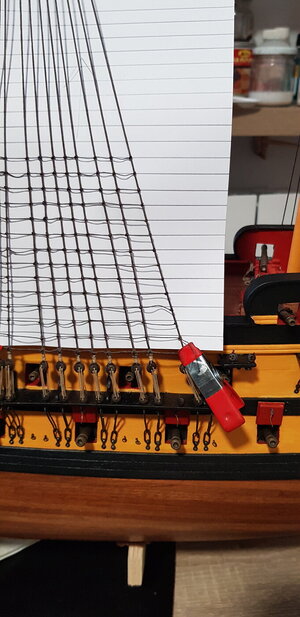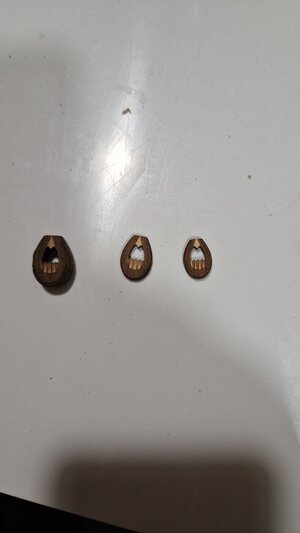I am making a 16th century ship, 1/48 scale, specifically the San Bartolome.
The question I have is: What should be the distance correct between ratlines taking into account that the average height of a sailor in that century was 4.92 ft (1.5 meters)?
I hope the translator did it right.
Estoy haciendo un barco del siglo 16, escala 1/48, concretamente el San Bartolome. La duda que tengo es:
¿Cual debe de ser la distancia correcta entre flechastes teniendo en cuenta que la altura media de un marino en ese siglo era de 4,92 ft (1,5 metros)?
The question I have is: What should be the distance correct between ratlines taking into account that the average height of a sailor in that century was 4.92 ft (1.5 meters)?
I hope the translator did it right.
Estoy haciendo un barco del siglo 16, escala 1/48, concretamente el San Bartolome. La duda que tengo es:
¿Cual debe de ser la distancia correcta entre flechastes teniendo en cuenta que la altura media de un marino en ese siglo era de 4,92 ft (1,5 metros)?







